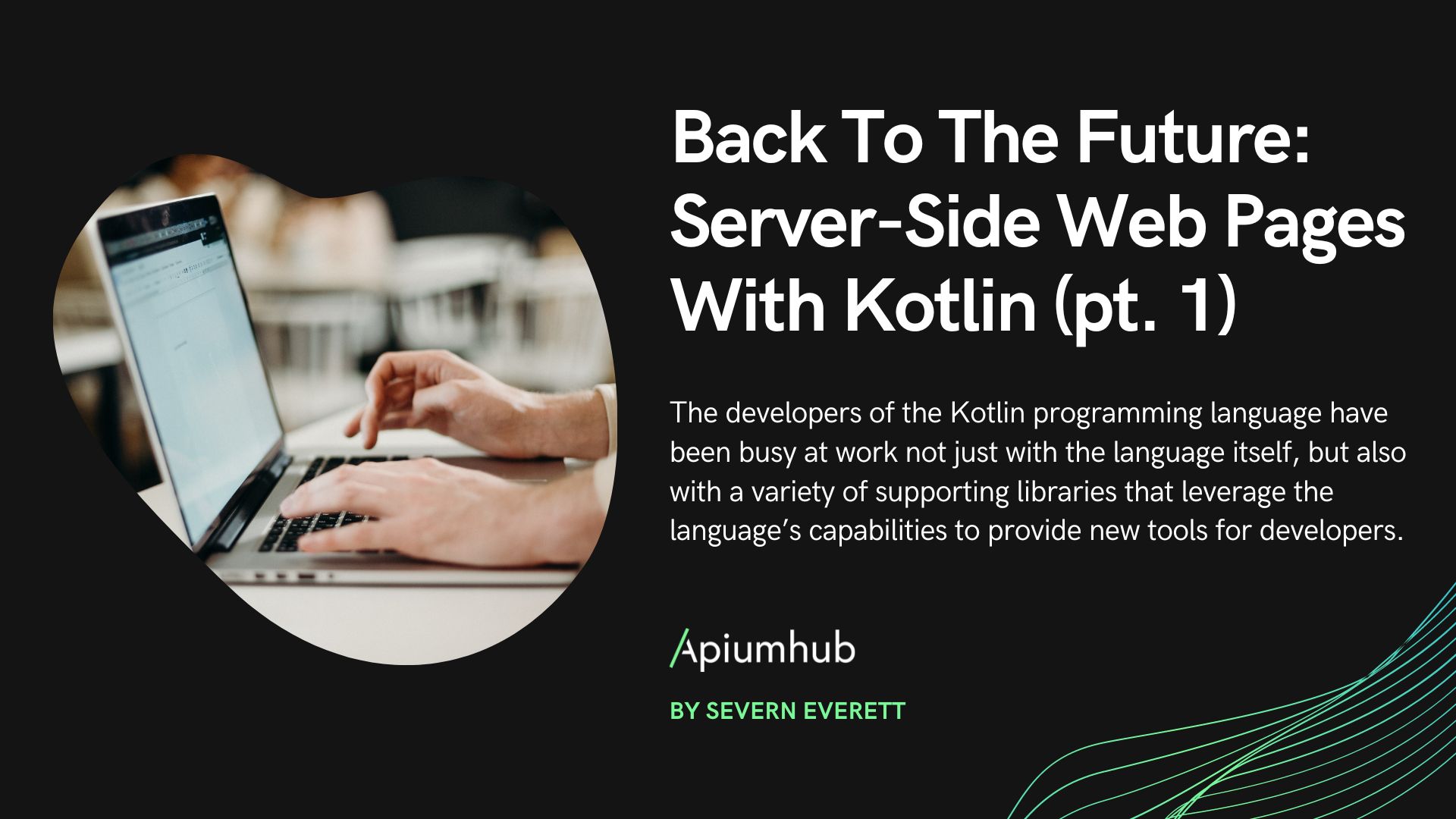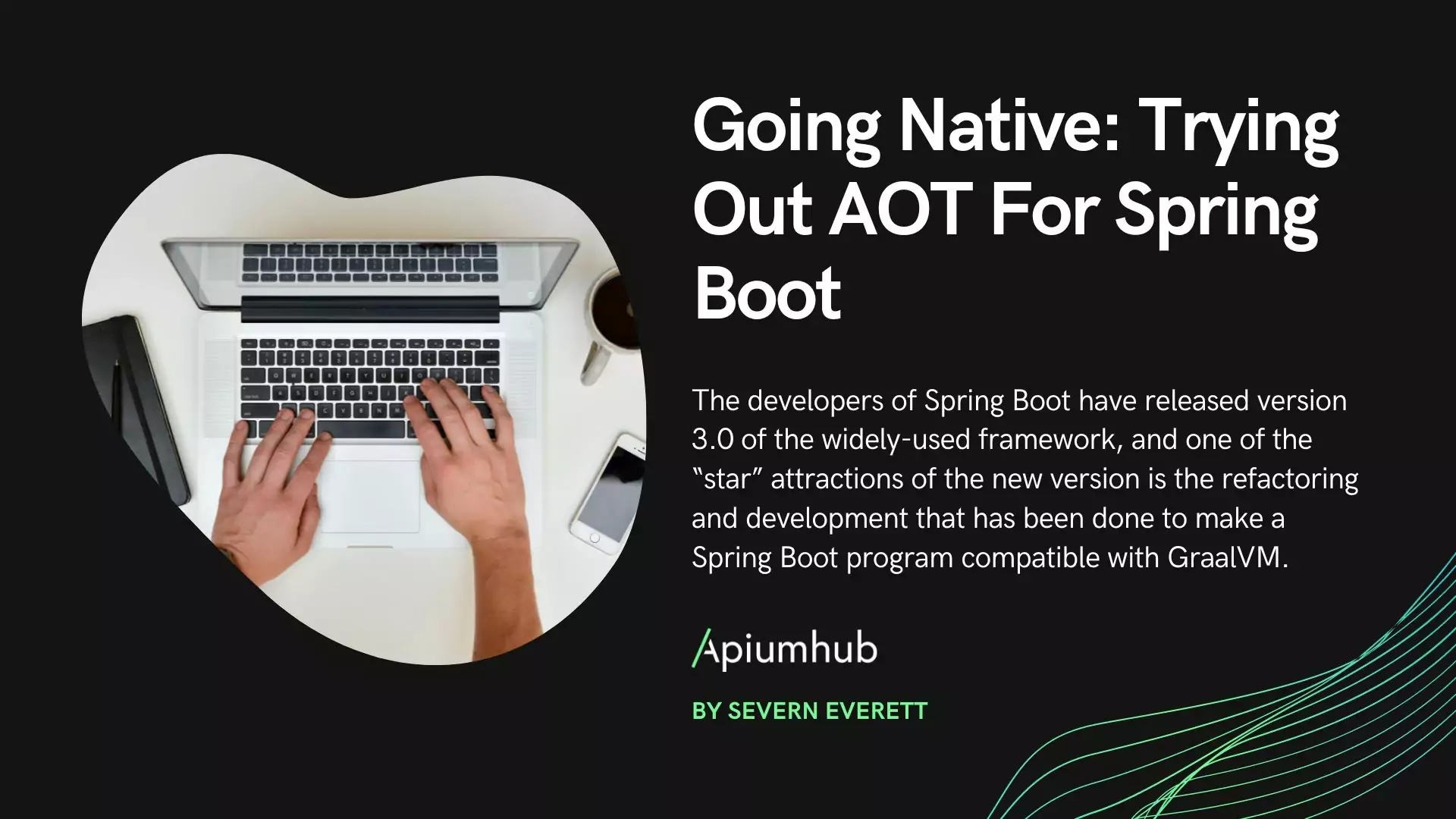Table of Contents
In software development, dependency pruning typically refers to the process of identifying and eliminating unnecessary dependencies within a codebase. Dependencies in this context are relationships between different modules, classes, functions, or components that require one another to function correctly.
Key Aspects of Dependency Pruning in Software Development
- Reducing Coupling
Dependency pruning aims to reduce coupling between different parts of a system. High coupling makes the codebase less flexible and harder to maintain. By pruning unnecessary dependencies, developers can create a more modular and loosely coupled system.
- Improving Maintainability
Unnecessary dependencies can complicate code maintenance. When there are numerous dependencies between components, a change in one part of the code might have ripple effects throughout the system. Pruning dependencies helps in making the codebase more maintainable by minimizing the impact of changes.
- Enhancing Testability
Dependencies often make it more challenging to write effective unit tests. Pruning unnecessary dependencies can make it easier to isolate and test individual components in isolation. This improves the overall testability of the code.
- Simplifying Understanding
Codebases with excessive dependencies can be difficult to understand. By pruning unnecessary dependencies, developers can simplify the structure of the code, making it more comprehensible for themselves and others.
- Reducing the Risk of Bugs
Unnecessary dependencies may introduce complexities and increase the likelihood of introducing bugs. By pruning dependencies, developers can reduce the surface area for potential issues and make the code more robust. Dependency pruning is often done through careful analysis of the codebase, utilizing tools for static analysis, and manually inspecting the relationships between different components. The goal is to identify and remove dependencies that do not contribute to the functionality or integrity of the software while preserving essential relationships.
It’s important to note that while dependency pruning can bring benefits, it should be approached with caution. Removing dependencies recklessly can introduce new issues, and it’s crucial to have a good understanding of the codebase and its requirements before performing dependency pruning.
Best Practices in Dependency Pruning
Best practices in dependency pruning are crucial for maintaining a streamlined and efficient software development process. Here are some recommended approaches:
- Regular Dependency Audits
Conduct periodic audits of your project’s dependencies to identify outdated or unused libraries. This helps in keeping the dependency tree lean and up-to-date.
- Automated Dependency Analysis
Implement automated tools and scripts to analyze your project’s dependencies. These tools can identify unnecessary or redundant dependencies, making the pruning process more systematic.
- Dependency Versioning
Clearly define and adhere to versioning strategies for your dependencies. Upgrading to the latest stable versions ensures that you benefit from bug fixes, performance improvements, and security patches, while also minimizing the risk of outdated dependencies.
- Minimalistic Approach
Adopt a minimalistic approach when introducing new dependencies. Evaluate the necessity of each dependency and only include those that are essential for your project’s functionality. Avoid unnecessary dependencies that can bloat your project and complicate maintenance.
- Continuous Integration (CI) and Continuous Deployment (CD) Pipelines
Integrate dependency pruning into your CI/CD pipelines. This ensures that any unnecessary dependencies are identified early in the development process, reducing the chances of introducing unnecessary bloat.
- Documentation and Communication
Maintain clear documentation regarding the purpose and usage of each dependency. This helps developers understand the role of each library and encourages informed decisions during the pruning process. Communication among team members regarding changes in dependencies is also essential.
- Monitoring and Alerting
Implement monitoring and alerting systems that notify the development team of any vulnerabilities or outdated dependencies. This proactive approach helps in addressing potential issues before they become critical.
- Dependency Locking
Use dependency-locking mechanisms to ensure that the same versions of dependencies are consistently used across different environments. This minimizes unexpected issues that may arise due to version inconsistencies.
- Test Coverage
Maintain a robust test suite to ensure that pruning dependencies do not introduce regressions or break existing functionality. Continuous testing helps in verifying the stability of your application after each pruning iteration.
- Educate Development Team
Educate your development team about the importance of dependency management and pruning. Encourage a culture of awareness and responsibility regarding the impact of dependencies on the overall health of the project.
By incorporating these best practices, you can optimize your software development processes and ensure that your projects remain agile, secure, and easy to maintain over time.
At Apiumhub, we specialize in implementing best practices in software development, and we possess expertise in efficiently executing dependency pruning techniques. Reach out to us here if you are interested!
Author
-
Ekaterina Novoseltseva is an experienced CMO and Board Director. Professor in prestigious Business Schools in Barcelona. Teaching about digital business design. Right now Ekaterina is a CMO at Apiumhub - software development hub based in Barcelona and organiser of Global Software Architecture Summit. Ekaterina is proud of having done software projects for companies like Tous, Inditex, Mango, Etnia, Adidas and many others. Ekaterina was taking active part in the Apiumhub office opening in Paseo de Gracia and in helping companies like Bitpanda open their tech hubs in Barcelona.
View all posts









